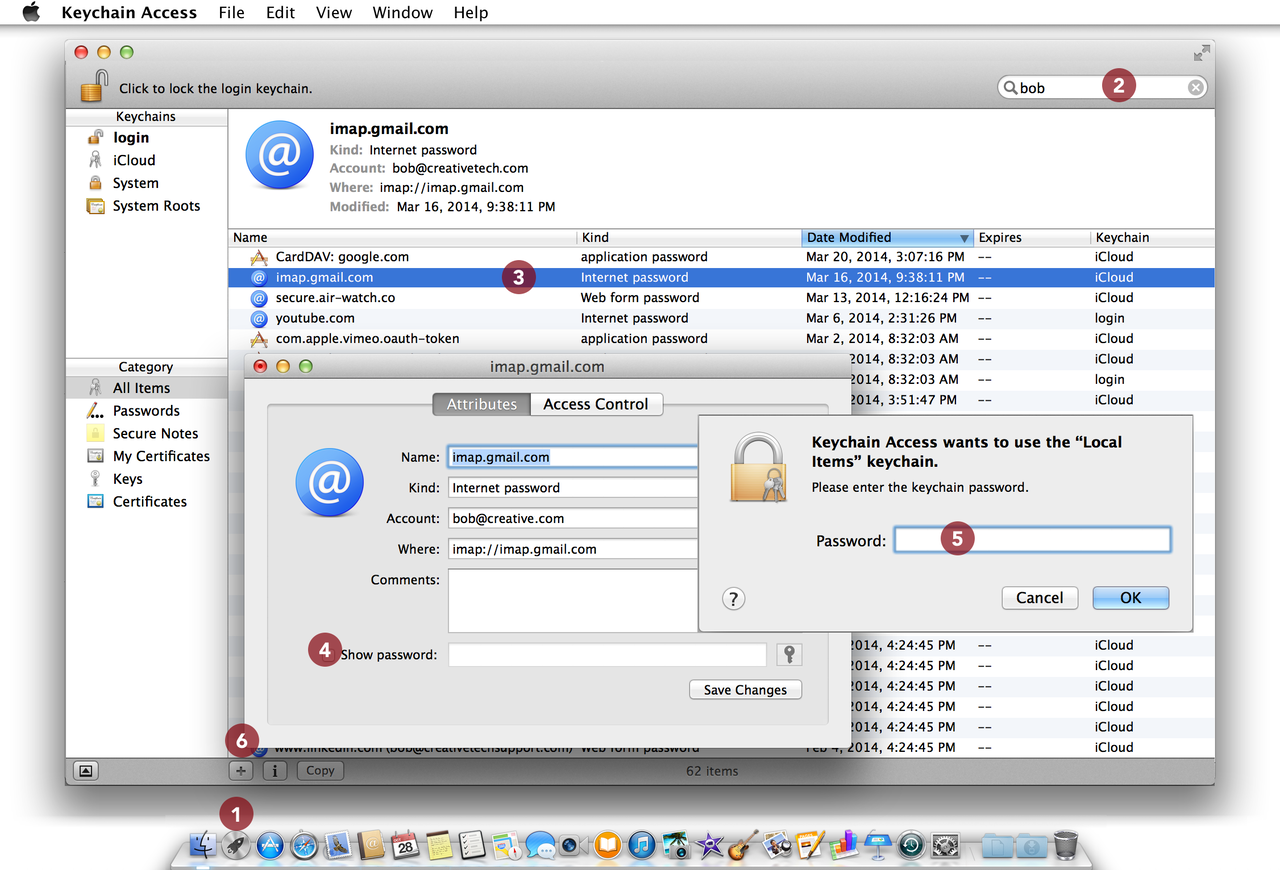

- #Is coda 2 save password in keychain safe install#
- #Is coda 2 save password in keychain safe windows#
Helper described above, but uses the Windows Credential Store toĬontrol sensitive information.
#Is coda 2 save password in keychain safe install#
If you’re using Windows, you can install a helper called “GitĬredential Manager for Windows.” This is similar to the “osxkeychain”


HTTPS certificates and Safari auto-fills. Never expire, but they’re encrypted with the same system that stores This method stores the credentials on disk, and they If you’re using a Mac, Git comes with an “osxkeychain” mode, whichĬaches credentials in the secure keychain that’s attached to your In cleartext in a plain file in your home directory. The downside of this approach is that your passwords are stored This means that until you change your passwordįor the Git host, you won’t ever have to type in your credentialsĪgain. The “store” mode saves the credentials to a plain-text file on disk,Īnd they never expire. None of the passwords are ever stored on disk, and they are The “cache” mode keeps credentials in memory for a certain period of

Password is randomly generated and unpronounceable.įortunately, Git has a credentials system that can help with this. Systems with two-factor authentication, where the token you use for a However, this isn’t possible with the HTTP protocols – everyĬonnection needs a username and password. Securely transfer data without typing in your username and password. If you use the SSH transport for connecting to remotes, it’s possibleįor you to have a key without a passphrase, which allows you to See the "Security" section of the cheat sheet. See the ".gitconfig insteadOf" section of the cheat sheet. This works locally in macOS, Linux, Windows (in Bash), Docker, CircleCI, Heroku, Akkeris, etc. Don't change the usernames (although arbitrary, they're needed for distinct configuration entries). Git config -global config -global Now any automated tool cloning Git repositories won't be obstructed by a password prompt, whether using HTTPS or either style of an SSH URL.įor other platforms (Gitea, GitHub, and Bitbucket), just change the URL. Get your access token (see the section in the cheat sheet if you need the GitHub or Gitea instructions for that) and set it in an environment variable (both for local development and deployment): MY_GIT_TOKEN=xxxxxxxxxxxxxxxxįor GitHub, copy and run these lines verbatim: git config -global "" Want Just Works™? This is the magic silver bullet. These are all the ways and tools by which you can securely authenticate Git to clone a repository without an interactive password prompt. The vanilla DevOps Git credentials & private packages cheat sheet If this is undesirable to you, use an ssh key for your accounts instead.Īfter going over dozens of Stack Overflow posts, blogs, etc., I tried out every method, and this is what I came up with. gitconfig file, e.g in Linux it will be /home//.gitconfig. Warning: If you use this method, your Git account passwords will be saved in plaintext format, in the global. The default value is 900 seconds (15 minutes). Using the helper, the credentials will never touch the disk and will be erased after the specified timeout. Which takes an optional timeout parameter, determining for how long the credentials will be kept in memory. git-credentials file, stored in plaintext.Īlso, you can use other helpers for the git config credential.helper, namely memory cache: git config credential.helper 'cache -timeout=' When running this command, the first time you pull or push from the remote repository, you'll get asked about the username and password.Īfterwards, for consequent communications with the remote repository you don't have to provide the username and password. git config -global credential.helper store You can use the git config to enable credentials storage in Git.


 0 kommentar(er)
0 kommentar(er)
